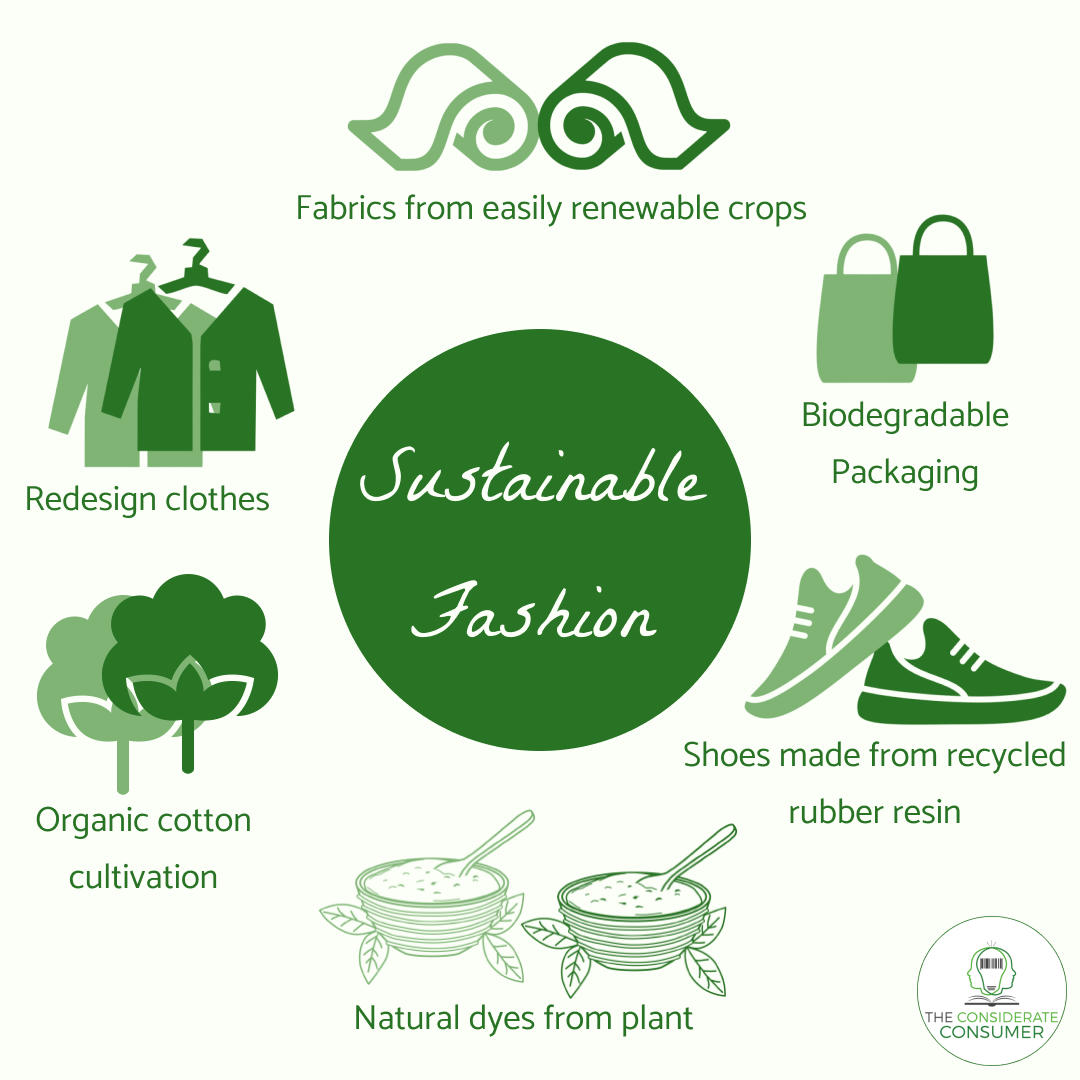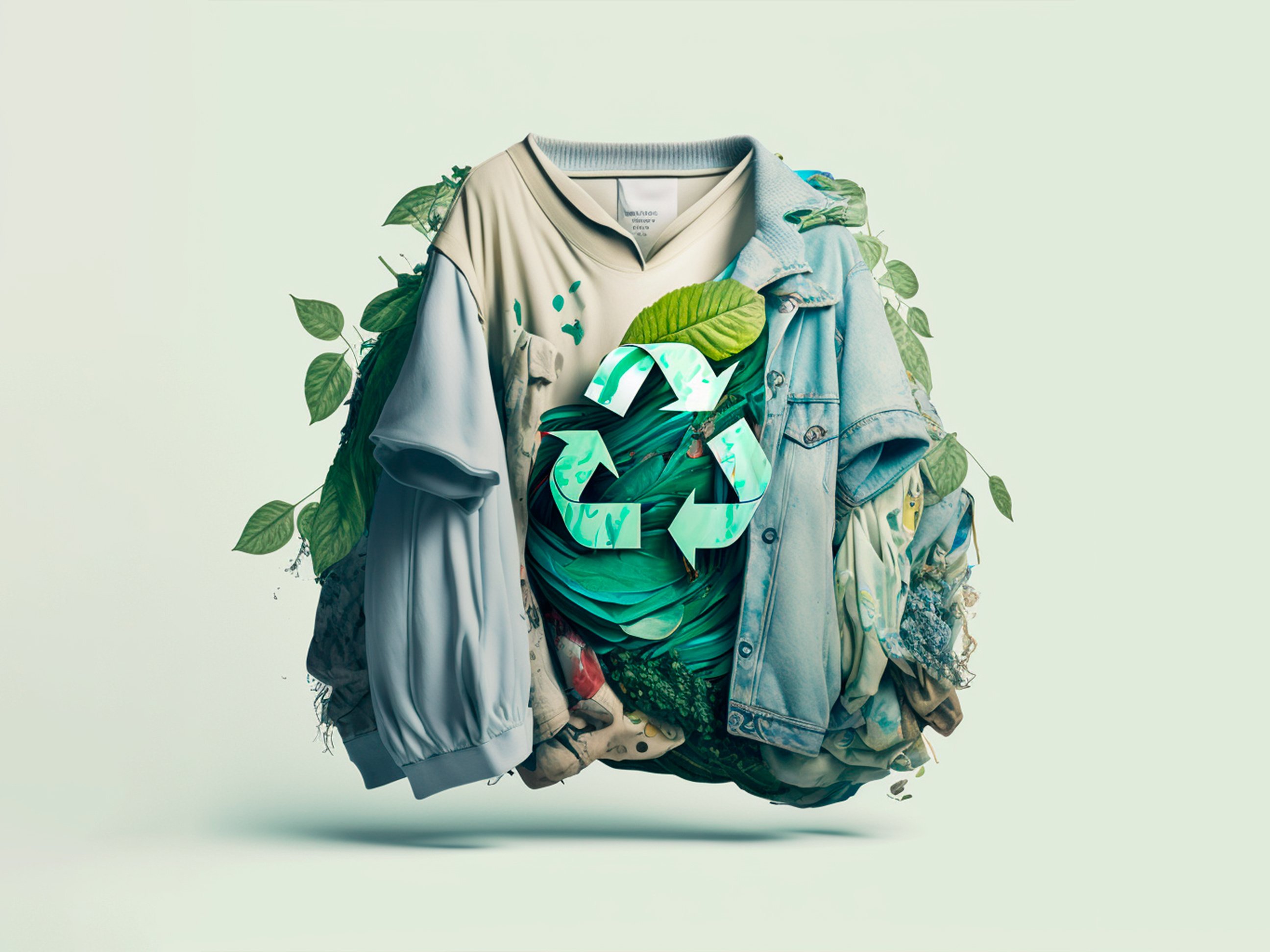Cape Town Sustainable Fashion Designers Leading the Environment-friendly Activity
Cape Town Sustainable Fashion Designers Leading the Environment-friendly Activity
Blog Article
Keep Ahead of the Contour by Exploring Ingenious Style Fads
In a market as dynamic as fashion, remaining in advance entails greater than just adhering to present patterns-- it demands an expedition of advancement. Smart fabrics, for circumstances, are transforming garments right into practical work of arts, while 3D printing is transforming design procedures with its customizable, waste-reducing capacities. As sustainability ends up being a keystone, technologies like eco-friendly materials and circular style techniques are improving environmental duty - Cape Town Sustainable Fashion. Additionally, the convergence of modern technology and style declares a new period of customer involvement. Just how, then, can these arising fads redefine the future of fashion, and what effects do they hold for brand names looking for to flourish in this developing landscape?

Welcoming Smart Textiles
In recent years, the fashion sector has actually observed a transformative shift with the combination of wise textiles, a sophisticated innovation that mixes technology with fabric. This evolution stands for not just a fusion of aesthetic appeals and capability however likewise a considerable jump towards sustainability and customization in fashion. Smart textiles, likewise understood as e-textiles, embed innovative electronic devices such as sensors and conductive threads within the fabric, making it possible for garments to engage with the user or the atmosphere.
These textiles are designed to keep an eye on physical parameters, such as heart price or body temperature, providing real-time wellness analytics. Beyond health and wellness applications, wise fabrics are likewise being used for flexible clothes, which can alter color or pattern in response to ecological stimuli, therefore supplying a dynamic style experience.
Moreover, the growth of energy-harvesting textiles that produce power from motion or sunlight is paving the method for self-dependent wearable innovation. This advancement is attracting ecologically mindful consumers and designers intending to reduce the ecological impact of fashion. As research study and advancement in this area breakthrough, wise textiles are anticipated to come to be significantly prevalent, improving the landscape of contemporary fashion with their multifunctional capacities.
The Increase of 3D Printing
Transforming the production landscape, 3D printing has emerged as a game-changer in the fashion business. This innovative technology has actually made it possible for developers to press the boundaries of creative thinking, creating complex and customized garments that were previously unimaginable. By leveraging digital style and additive production, 3D printing promotes the development of complex geometries and patterns, enabling designers to try out new textures and structures.
A remarkable benefit of 3D printing in fashion is its capacity to create on-demand, lessening waste and reducing supply requirements. This effectiveness not only optimizes manufacturing procedures but also enables quick prototyping, making it possible for designers to bring their visions to life in a much shorter duration. Additionally, 3D printing supports personalization somewhat unmatched by traditional methods, providing unique designs and tailored fits customized to individual consumer choices.
The surge of 3D printing has also democratized style, making it available to arising designers who can now fabricate top quality pieces without substantial financial investment in conventional production framework. As technology remains to advancement, the apparel industry is poised to harness the full possibility of 3D printing, exploring brand-new products and strategies that will undoubtedly redefine exactly how fashion is developed and generated.
Lasting Fashion Developments
As the garment industry faces journalism demand for environmental responsibility, lasting style developments have arised at the forefront of transformative adjustment. The growing understanding of eco-friendly influence has actually sustained a shift towards even more eco-conscious practices and products. Brands and designers are now focusing on sustainability, integrating techniques that reduce waste and lower carbon impacts.
One considerable growth is the surge of round fashion, which emphasizes recycling and upcycling to extend the lifecycle of garments. This method not just decreases waste however likewise encourages customers to take on an extra mindful method to clothes consumption.
Another advancement hinges on the adoption of ingenious dyeing methods that make use of natural dyes or waterless procedures, thereby reducing the substantial quantities of water and chemicals typically used in textile dyeing. Additionally, innovations in biotechnology have actually brought about the creation of lab-grown leather and materials, supplying ecologically friendly and like it cruelty-free options to standard materials. Via these introducing initiatives, the style market is making purposeful strides in the direction of an extra lasting future.

Tech-Integrated Clothing
Tech-integrated clothing stands for a revolutionary fusion of fashion and modern technology, reshaping how people communicate with their garments. This innovative domain name is noted by the inclusion of smart textiles and ingrained digital elements, boosting both capability and aesthetic allure. From health and fitness trackers installed in sports apparel to heated jackets controlled by means of mobile phone applications, tech-integrated clothing uses consumers extraordinary ease and versatility.
Pioneering brand names are driving this pattern, concentrating on creating garments that reply to environmental stimuli or customer commands. For example, some garments can change shade or pattern in feedback to temperature shifts, while others integrate biometric check here sensors to monitor health and wellness metrics like heart rate or anxiety degrees. The smooth combination of modern technology into textiles also includes environmental sustainability, with efforts to create self-cleaning textiles or garments that change to climate condition, therefore lessening the demand for numerous layers.
Moreover, the advent of wearable innovation is not simply limited to apparel yet encompasses devices like watches and eyewear, further widening the scope of tech-integrated style. As the industry remains to innovate, the capacity for personalization and personalization in apparel expands, offering consumers one-of-a-kind, tech-enhanced style experiences that deal with their private demands and preferences.
Future of Virtual Fashion
In current years, the future of digital style has actually become a transformative force within the industry, leveraging innovations in electronic technology to redefine just how style is produced, experienced, and eaten. By integrating augmented reality (AR), online reality (VIRTUAL REALITY), and 3D style tools, developers can currently craft interactive and immersive experiences that transcend standard fashion boundaries. Digital style permits for the production of garments that exist exclusively in electronic settings, providing limitless possibilities for advancement without the constraints of physical production.
This electronic shift not only provides chances for innovative expression but also addresses sustainability concerns integral in typical fashion methods. Cape Town Sustainable Fashion. By removing the need for physical sources, online fashion reduces waste and lessens carbon impacts. Additionally, the increase of online fashion aligns with the increasing customer demand for one-of-a-kind and personalized experiences, as digital garments read the full info here can be personalized and tailored to specific choices with ease

Verdict
The style market's future lies in the integration of sustainable methods and innovative modern technologies - Cape Town Sustainable Fashion. Smart textiles and tech-integrated apparel are improving performance, while 3D printing offers opportunities for customization and waste decrease. Lasting fashion, through eco-friendly products and round approaches, demonstrates a dedication to environmental stewardship. Furthermore, online style is poised to redefine customer interactions. Adapting to these trends is crucial for brands seeking to stay pertinent and affordable in this swiftly evolving landscape.
In recent years, the fashion sector has actually witnessed a transformative change with the assimilation of clever fabrics, an advanced development that blends innovation with material.As the style sector grapples with the pushing need for ecological duty, lasting fashion advancements have actually arised at the forefront of transformative modification.In current years, the future of online style has actually emerged as a transformative force within the market, leveraging advancements in electronic technology to redefine just how fashion is produced, experienced, and taken in. The surge of virtual style straightens with the boosting customer need for tailored and one-of-a-kind experiences, as online garments can be tailored and tailored to private preferences with ease.
The fashion market's future lies in the assimilation of sustainable techniques and cutting-edge technologies.
Report this page